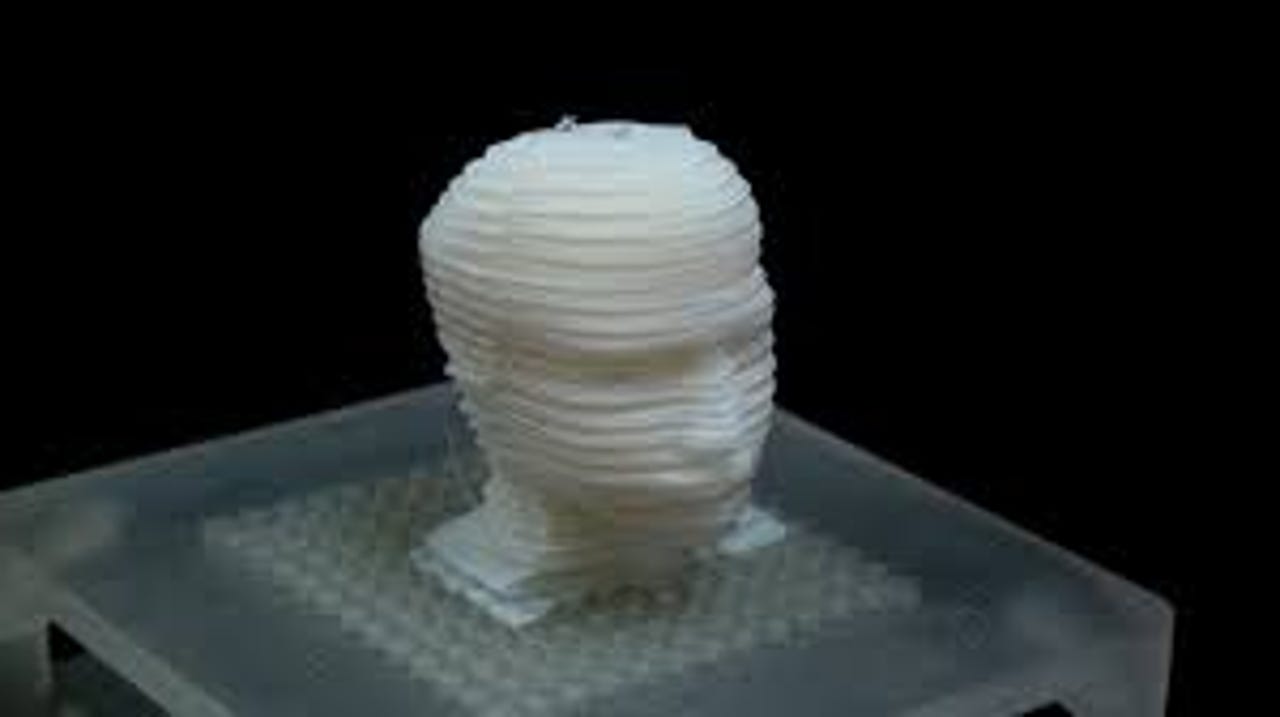Beyond 3D printers: Additive folding creates artistic animatronics


Few innovations have had a bigger impact on the field of robotics than 3D printers.
Parts that used to require a full machine shop and a crew of highly trained machinists can now go from CAD to printer carousel in minutes.
Recently, there's been a push among materials scientists and engineers to find new rapid prototyping techniques that might find future applications in robotics.
Collaborating researchers from the Korea Institute of Science & Technology (KIST), MIT, UPenn, and the University of York (UK) have been working on a new technique that produces a kind of soft, actuated 3D object constructed of ingeniously folded, easily printed 2D materials.
The researchers call their technique additive folding. "Two-dimensional (2D) slices are chain-connected, accordion-folded, and stacked-up to become animatronic robots of desired 3D shapes," they explain in a co-authored paper published in the International Journal of Robotics Research.
The design principle bears some similarities to those origami frogs your friend used to make. The folds act as hinges and springs. Threaded with muscle-like strings, the accordion-like robot bodies are highly manipulatable and allow for complex, life-like motion.
The researchers focused on three broad steps to make their soft animatronic robots.
The first involves computational design. As part of their research, the collaborators created algorithms for modeling and designing 2D fold patterns from 3D computer models. One of the shapes they chose was a rabbit.
The algorithm figures out how to carve up the 3D rabbit into 2D shapes that can be folded in layers to build a rabbit from the ground up. The algorithm determines how the string actuators that will connect the different pieces as well as control the robot should be routed through the final form, which affects how the robot will move.
The next step involves fabrication of the final robot by additive folding. The researchers used a paper-crafting machine (crafters will know what that is) to fold strips from thick polyester film, which is elastic, lightweight, and dimensionally stable.
The folds act as springy hinges. The nylon strings that hold various polyester strips together and also act as actuators are manually threaded through the holes. Once the robot is assembled, the strings are fed to motors in the base of the robot.
The final step, physical animation, is achieved as motors pull the nylon strings, changing the shape of the robot. The resistive properties of the folded hinges allow parts of the robot to spring back to their original position, and the resulting motion is surprisingly lifelike.
So far there aren't many real-life applications beyond robot art and animatronics for displays. But additive folding could form an important tool in the engineering toolkit as soft robots become adapted to a range of tasks that rigid robots aren't well suited to.